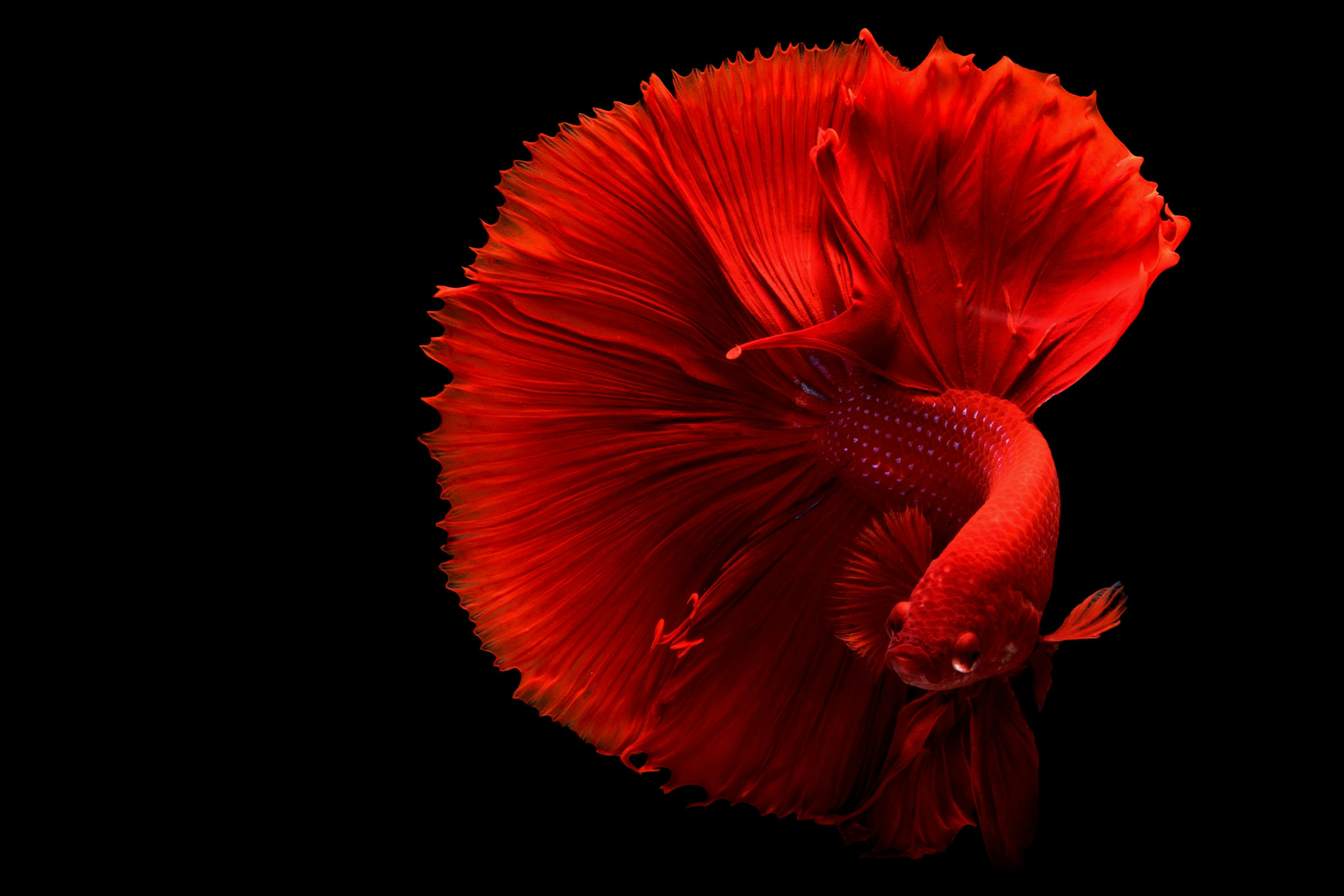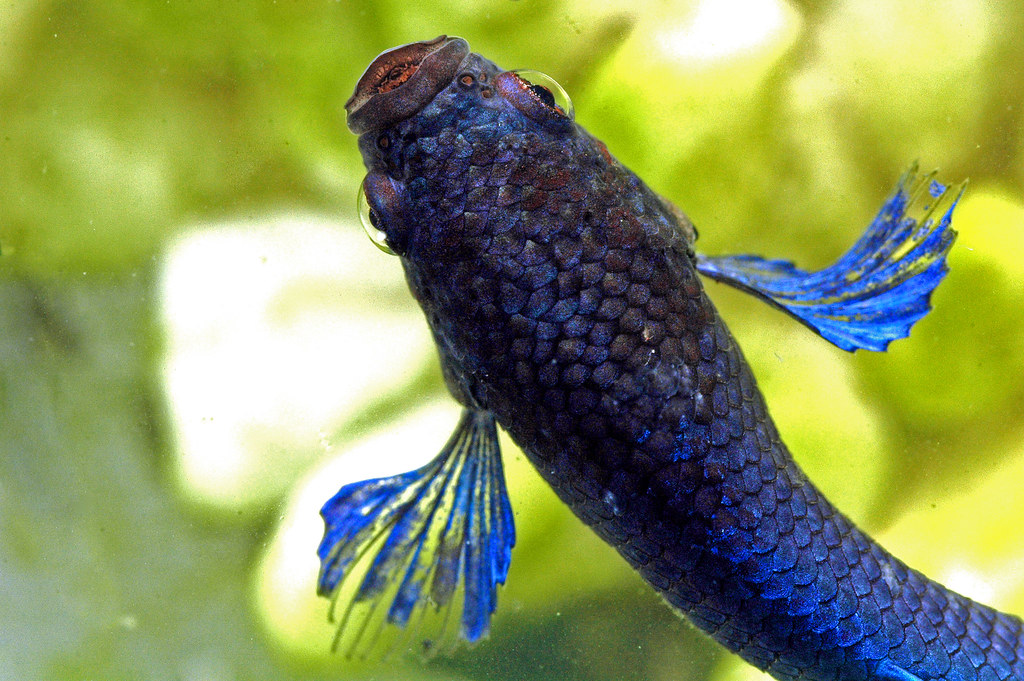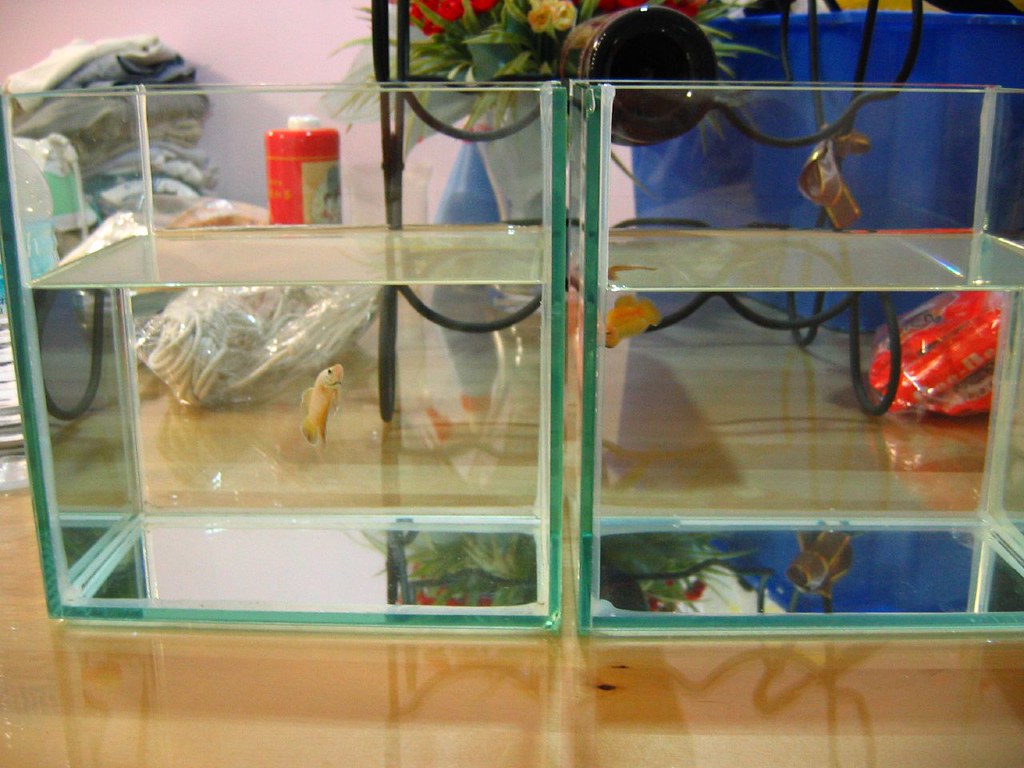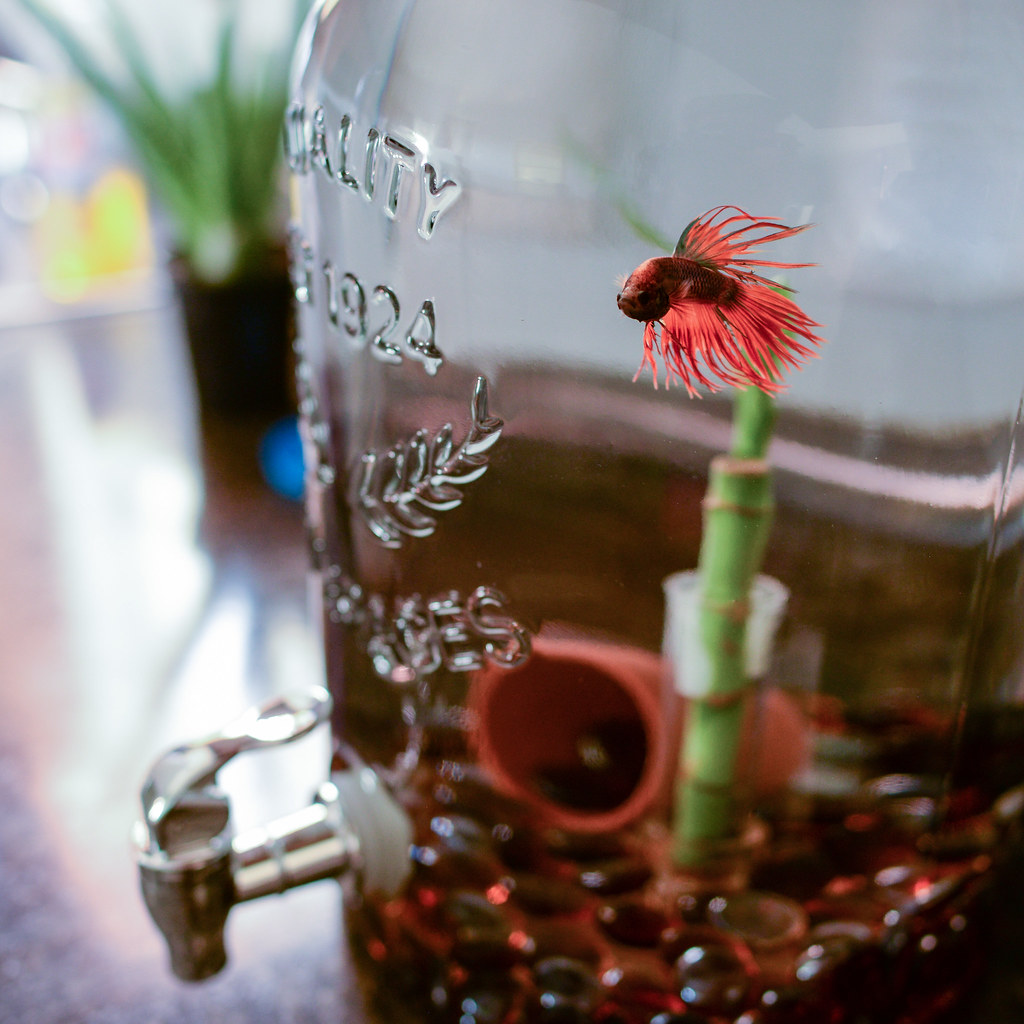
The Elephant Ear Betta male, also known as the Dumbo Betta, is not just a fish; it's an aquatic star with its large, fluttering fins resembling the ears of an elephant. Whether you're a seasoned aquarist or a beginner, these visually captivating fish can transform your tank into a vibrant display of color and fin flair. Let's dive into what makes these bettas unique and how to care for them.
The Allure of Appearance

With fins that are both graceful and grand, male Elephant Ear Bettas are a spectacle in any aquarium. Their large pectoral fins, paired with tails that range from the fan-like Halfmoon to the spiky Crowntail, make them standout swimmers. These bettas come in a stunning palette—vibrant reds, blues, greens, and even purples, often accentuated with patterns like stripes or spots. In comparison, females have a slimmer build and less dramatic fins, making the males particularly eye-catching. If you're intrigued by bettas with a similar majestic charm, explore the male betta fish with a crown-like appearance for more inspiring tank additions.
Origin and Varieties

Originating from Thailand through meticulous selective breeding, Elephant Ear Bettas emerged to showcase both oversized fins and brilliant coloration. For an in-depth understanding of their heritage, check out this overview of the Siamese fighting fish, which details their origin and species variations.
| Variety | Fin Description | Trait Focus |
|---|---|---|
| Halfmoon | Fan-shaped, extending 180 degrees | Symmetry and spread |
| Crowntail | Spiky, crown-like appearance | Elongation and style |
| Rosetail | Wrinkled, luxuriant folds | Fullness and texture |
If you're particularly drawn to the dramatic beauty of the Crowntail, the Rainbow Crowntail Betta Fish care guide offers extensive tips and visuals for optimal upkeep.
Setting the Perfect Home

Creating an ideal environment for your Elephant Ear Betta is crucial. While a minimum of 4 gallons is needed, it's recommended to have at least 20 gallons for more space and healthy living conditions. Keep the water temperature consistent between 75°F and 82°F, and use gentle filtration to prevent any stress to their delicate fins. Decorate the tank with live plants and smooth substrates like sand, allowing them ample hiding spots without risking fin damage.
Diet and Feeding Habits

A healthy diet for Elephant Ear Bettas includes a mix of high-protein foods. Pellets tailored for bettas, alongside live or frozen foods such as bloodworms and brine shrimp, provide essential nutrients. For an easy and nutritious option, try incorporating frozen daphnia for bettas, which can aid in digestion and overall health.
Additionally, choosing the right commercial food is vital. Consider this highly-rated option on Amazon’s Betta Fish Food by Ultra Fresh for a reliable, protein-rich diet your betta will love.
Addressing Aggression and Compatibility

Known for their territorial behavior, male Elephant Ear Bettas can be aggressive, especially towards their kind. However, with careful selection, they can share a tank with peaceful species like Zebra Danios, Neon Tetras, and Corydoras. Ensure a spacious environment to foster harmony among tank mates and reduce stress.
Common Health Concerns

Like all bettas, Elephant Ears are prone to conditions such as fin rot and parasitic infections. Maintaining high water quality and a stable tank environment helps in preventing these common ailments.
Caring for the Elephant Ear Betta can be a rewarding journey filled with bursts of color and movement. Are there tricks you use to keep your betta in top shape, or perhaps a setup that enhances their natural beauty? Share your experiences or tips in the comments below—let's build a community of inspired aquarists!
Frequently Asked Questions
Are elephant ear bettas rare?
Elephant ear bettas are somewhat rare because the trait is highly recessive. While they are easy to breed, only a small percentage of the offspring will inherit the signature elephant ear fins, even if both parents have them.
Can elephant ear betta males live with other fish?
Male elephant ear bettas are territorial and aggressive, making it challenging for them to coexist peacefully with other fish. It’s recommended to house them alone or only with compatible tankmates, such as non-aggressive bottom dwellers.
What do elephant ear bettas eat?
Elephant ear bettas thrive on a diet of high-quality betta pellets, freeze-dried bloodworms, and brine shrimp. They benefit from a varied diet to ensure optimal health and vibrant color.
How can I tell the difference between male and female elephant ear bettas?
Male elephant ear bettas typically have more vibrant colors and larger fins, including their signature elephant ear fins. Females are usually smaller, with less prominent fins and more muted colors.
How do I create the ideal environment for an elephant ear betta male?
Provide a tank of at least 5 gallons with soft, warm water (78–80°F), minimal current, and plenty of plants or decorations for hiding spots. Regular water changes and a calm environment are essential for their health and stress levels.
As we wrap up our deep dive into the enchanting world of Elephant Ear Betta males, I hope you've found a new appreciation for these aquatic wonders. They're more than pets; they're the vibrant dancers of your aquatic stage. If you're eager to explore more about these captivating creatures or need tips to create a flourishing habitat, don't hesitate to connect with us on social media. We love sharing mesmerizing images and helpful insights over on Pinterest—a treasure trove of visual inspiration awaits you there! For daily doses of aquatic beauty and some behind-the-scenes fun, follow us on Instagram. If quick tips and interactive discussions are more your style, hop on over to X. And for a warm community of fellow marine enthusiasts, our Facebook page is the perfect gathering spot. Whatever platform you choose, we're excited to continue this aquatic journey with you!
